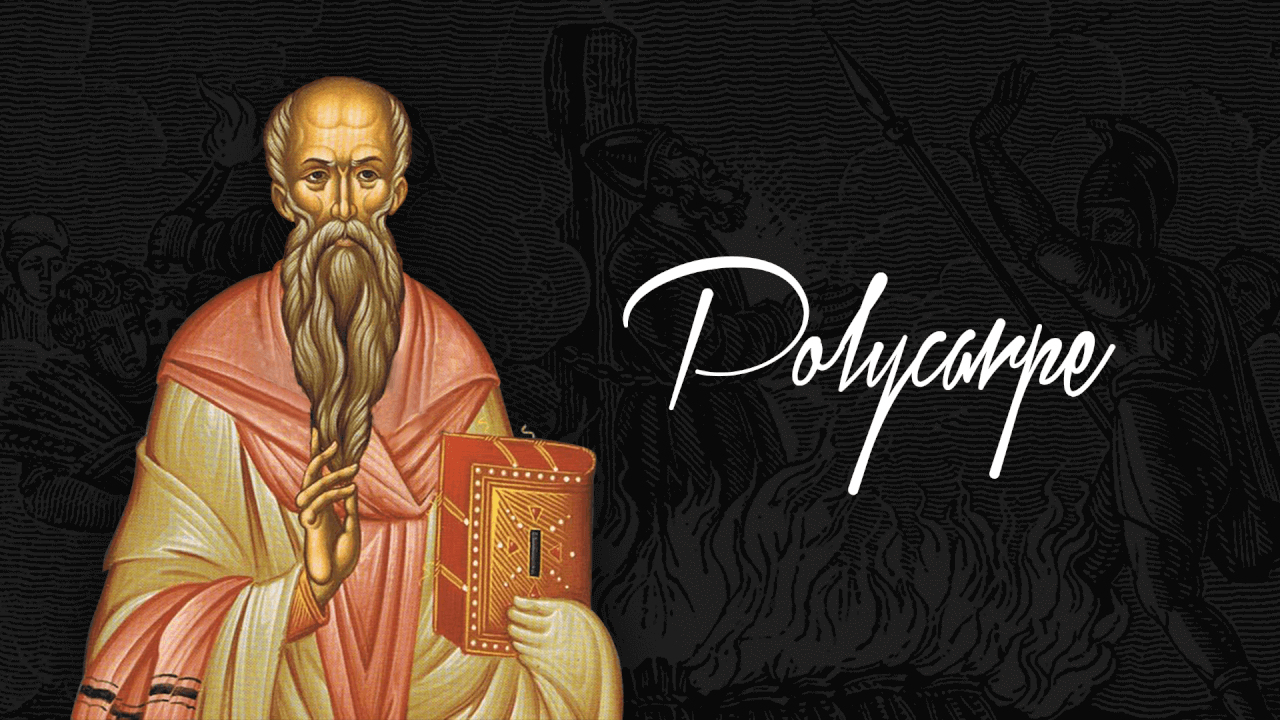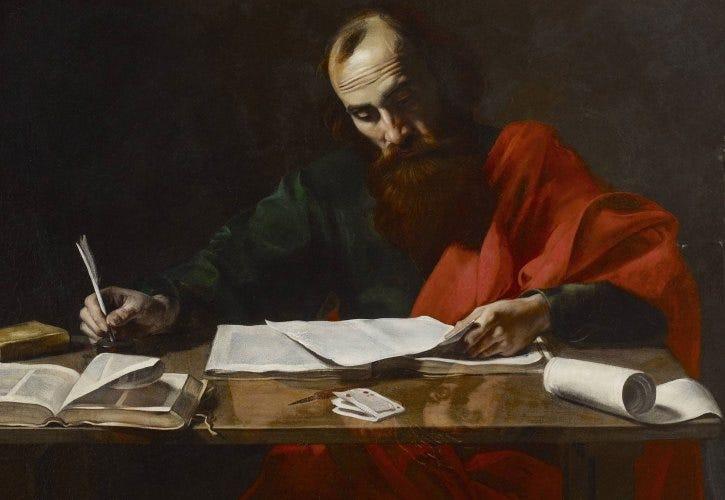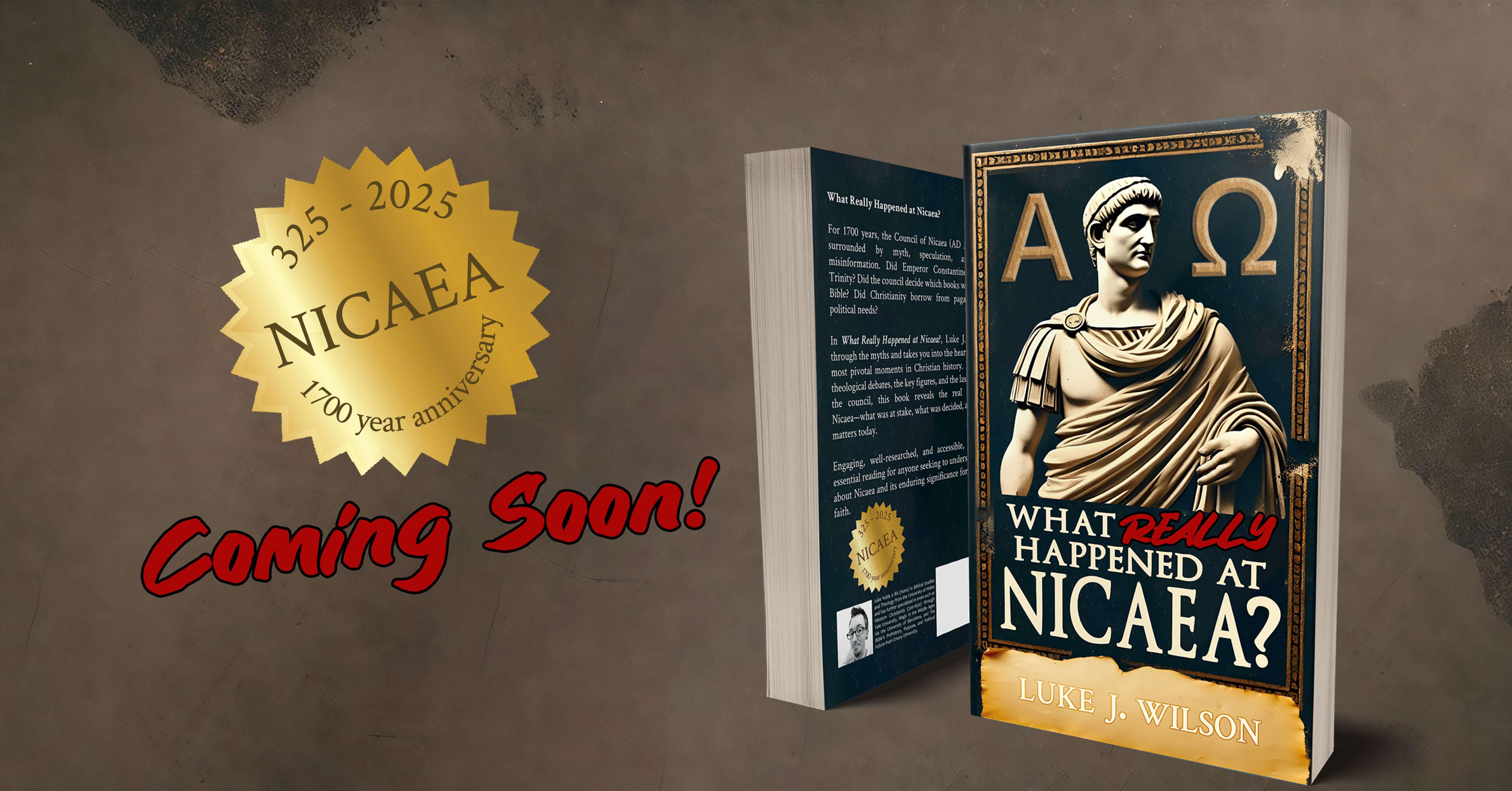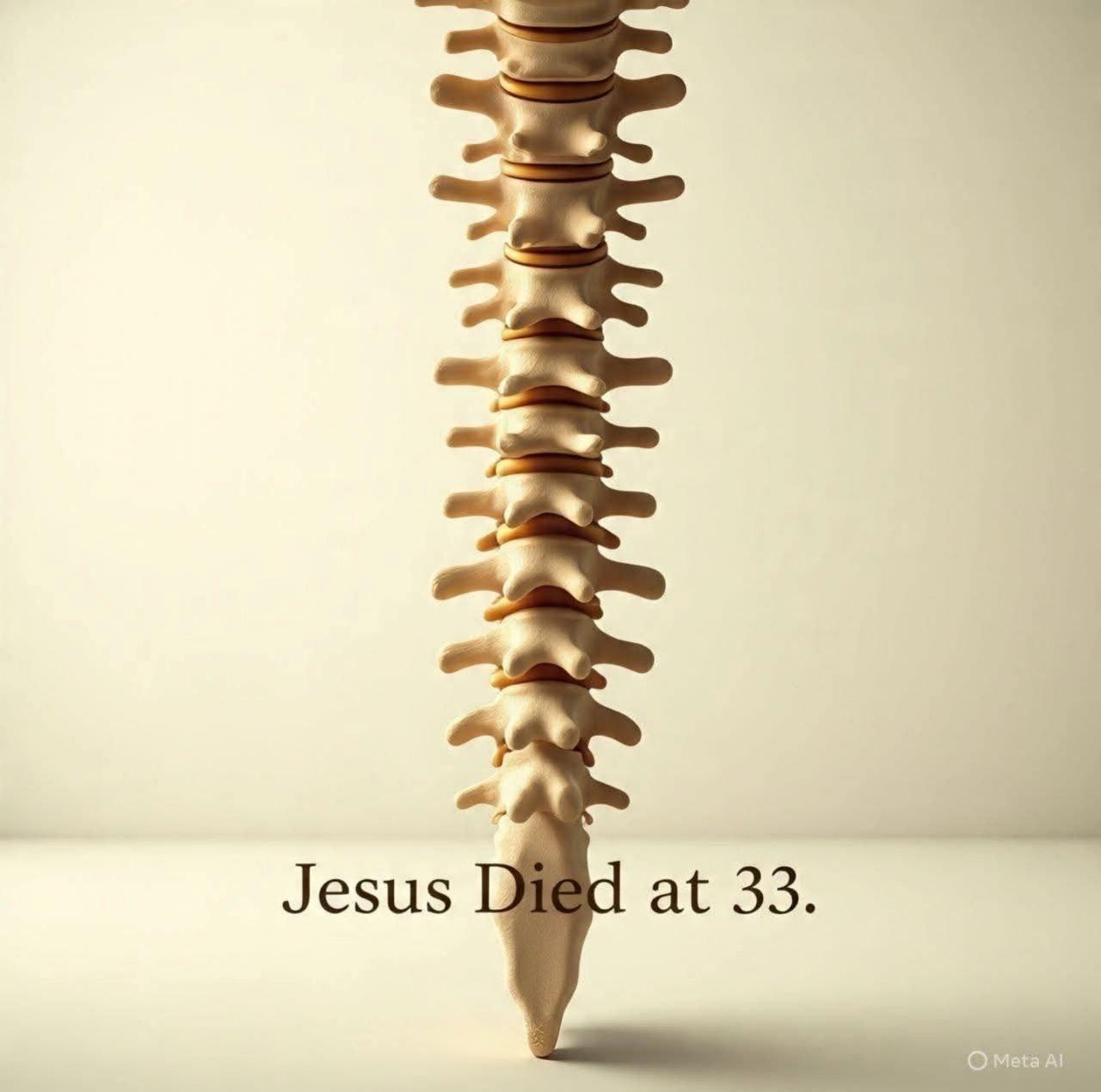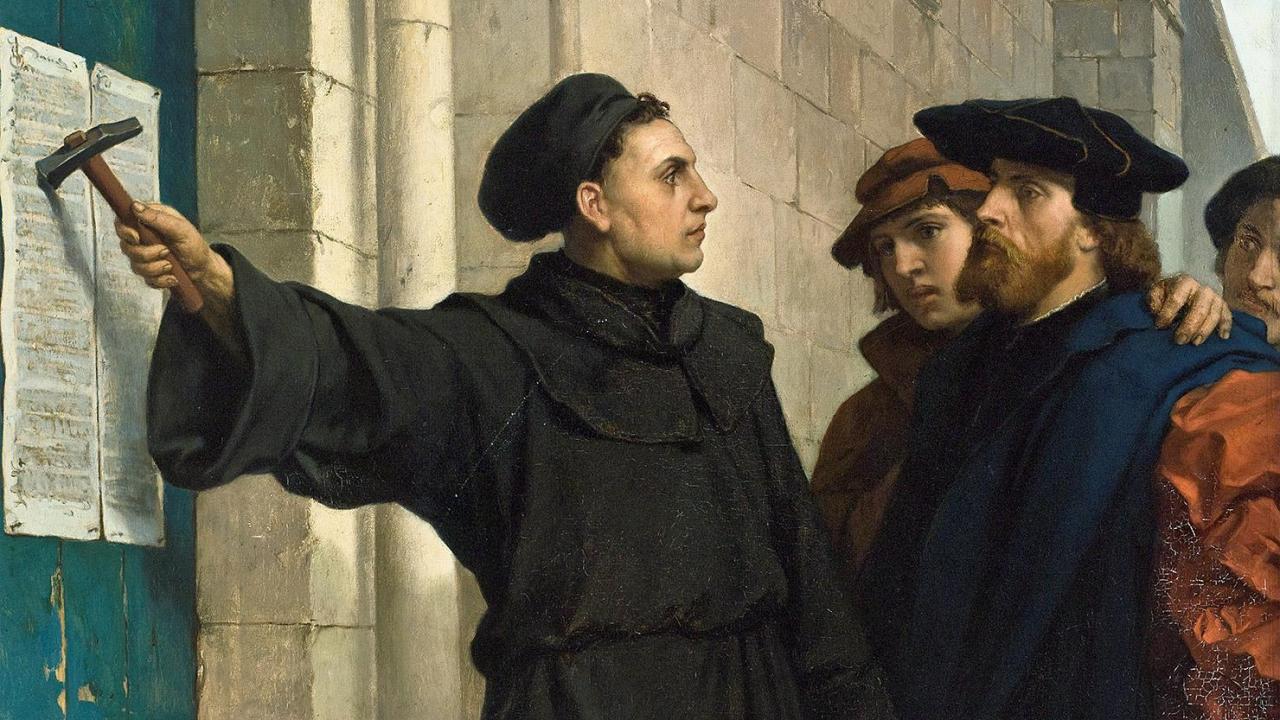Polycarp is one of the most important people in early church history. He was a disciple of John the Evangelist, and later became the bishop of Smyrna.
Polycarp was born around 69 A.D. in Smyrna, which is now modern-day Turkey. He grew up during a time when Christians were being persecuted for their beliefs, and he himself became a Christian at a young age. Polycarp is regarded as one of the earliest church fathers because he had a significant impact on Christianity as it spread throughout Asia Minor and Europe, and he also played an important role in shaping biblical canon for centuries to come.
We don’t know a great deal about his life, apart from that he was a disciple of the Apostle John and later a bishop in Smyrna, and a close friend of Ignatius, bishop of Antioch and another disciple of John. We can learn a little about him from Irenaeus, who was a student of Polycarp, from two of his writings. The following two quotes give us some great, and rare, insights:
But Polycarp also was not only instructed by apostles, and conversed with many who had seen Christ, but was also, by apostles in Asia, appointed bishop of the Church in Smyrna, whom I also saw in my early youth, for he tarried [on earth] a very long time, and, when a very old man, gloriously and most nobly suffering martyrdom, departed this life, having always taught the things which he had learned from the apostles, and which the Church has handed down, and which alone are true. — Against Heresies (Book III, 3.4)
For I have a more vivid recollection of what occurred at that time than of recent events (inasmuch as the experiences of childhood, keeping pace with the growth of the soul, become incorporated with it); so that I can even describe the place where the blessed Polycarp used to sit and discourse — his going out, too, and his coming in — his general mode of life and personal appearance, together with the discourses which he delivered to the people; also how he would speak of his familiar intercourse with John, and with the rest of those who had seen the Lord; and how he would call their words to remembrance. — Fragments from the Lost Writings of Irenaeus, Chapter 2
It’s also thought that Polycarp was the “angel of the church in Smyrna” mentioned in Revelation 2:8, which I think is pretty nifty.
So you can see from this that Polycarp is an important link back to the Apostles and the next generation of leaders that followed them. Even Irenaeus, as the next link from Polycarp gives us a bridge with close relations to the original Twelve and what was passed on and preserved.
But if you don’t know much else about Polycarp, you may be familiar with a famous quote from him: “86 years I have served him [Jesus], and he never did me any injury”. He said this when asked to deny his faith when facing the man who could (and would) have him burned at the stake to die a martyr’s death! Polycarp was, and is, an great example of standing strong in our faith no matter what.
While that is also a good topic, what I want to focus on today is what Polycarp wrote. From what we have in existence still, there’s only one letter that bears his name, which he sent to the church in Philippi — yes, the same one Paul founded. We know from Irenaeus that Polycarp wrote more than this single letter, but sadly they no longer are with us, but there’s still two other letters that concern Polycarp in existence: one from Ignatius sent to Polycarp, and another from those who witnessed his martyrdom describing what happened.
He wrote his letter somewhere between AD 110–155, and in it references many, many New Testament texts. This in itself is simply amazing and a great testimony to the early acceptance of the new Scriptures written by the Apostles and their companions.
But not only is it proof that there were recognised texts in existence early on, but it shows us which texts existed and were seen as authoritative — and it’s not far from what we still have today!
The New Testament at the time of Polycarp
Let’s have a look at what texts Polycarp was drawing from when writing his letter to the Philippians. Many of these are quotations, though some may be inferred without being exact quotes, so I’ll count all references direct or otherwise:
- Matthew (~10 times)
- Mark (once)
- Luke (~4 times)
- Acts (~3 times)
- Romans (~3 times)
- 1st Corinthians (~5 times)
- 2nd Corinthians (~3 times)
- Galatians (~4 times)
- Ephesians (~4 times)
- Philippians (~5 times)
- 1st Thessalonians (~2 times)
- 2nd Thessalonians (once)
- 1st Timothy (~4 times)
- 2nd Timothy (~3 times)
- Hebrews (~2 times)
- 1st Peter (~14 times)
- 1st John (~2 times)
- 3rd John (once)
- Jude (once)
So that’s twenty out of the 27 books of the New Testament quoted or alluded to multiple times in this one letter alone! That is a pretty amazing testimony to the early acceptance of these books, and also to dating of when these were available to the wider Christian community. Polycarp does also quote a few other texts, such as Isiah, Psalms, Tobit and one of Ignatius’ letters.
Earlier New Testament Witnesses
While Polycarp is a very good witness to the New Testament canon, we can also go back even earlier to find quotes and usage of the various New Testament texts that show us just how quickly these writings were accepted and distributed.
The letters of Ignatius, dated to have been written around AD 107–110, quotes many New Testament texts similar to Polycarp. Throughout the seven genuine letters, Ignatius quotes or alludes to:
- Matthew
- John
- Romans
- 1 Corinthians
- 2 Corinthians
- Galatians
- Ephesians
- Philippians
- Colossians
- 1 Thessalonians
- 1 Timothy
- 2 Timothy
- Titus
- Philemon
- James
- 1 Peter
- 1 John
So that’s seventeen books referenced at the turn of the second century, but what about if we look even earlier?
Before Ignatius, we have some fragments of texts preserved from Papias, the Bishop of Hierapolis, another friend of Polycarp and associate (and possible disciple) of John. In the few short bits of his letters which remain, that date from AD 70–155, we can find references and quotes to:
- Matthew
- John
- 1 Corinthians
Only three New Testament books this time, but considering we are missing the vast majority of Papias’ massive five volume work, it’s no surprise the sampling is limited.
First Century New Testament Witnesses
There are two extra-biblical texts we have which are dated within the first century, which puts them as being written alongside the New Testament around the time Paul was still penning most of his epistles!
The first text we can look at from this ‘apostolic period’ is 1 Clement. Clement, Bishop of Rome, was an important figure in early Christianity and also possibly one of Paul’s own companions, some scholars think (see Philippians 4:3 for a named reference). He likely wrote this during or after Nero’s persecution in AD 68, or just before his death around AD 95–97, which gives us some really early insights to the Church during this time.
Within 1 Clement, we can find New Testament quotes and references to:
- Matthew
- Mark
- Luke
- Acts
- Romans
- 1 Corinthians
- 2 Corinthians
- Ephesians
- Philippians
- Hebrews
- 1 Thessalonians
- 1 Timothy
- Titus
- 1 Peter
Now we’re at fourteen New Testament texts being used.
Finally, we turn to the earliest and oldest early church text we still have: the Didache.
The Didache is commonly dated between AD 50–70, which also places this being written during the time of the apostles and other New Testament authors. In this short text we can find various references to:
- Matthew
- Mark
- Luke
- 1 Corinthians
- Ephesians
- 1 Thessalonians
- 2 Thessalonians
- 1 Timothy
- Hebrews
- 1 Peter
So that gives us ten of the 27 books referenced as early as the mid-to-end of the first century一which is good considering most of these texts were only written a decade or two prior to this time!
Final Thoughts
To recap, then, to make it easier to digest all this information and numbers; from the earliest date between AD 50–70 to the later date of Polycarp’s letter in AD 155 (roughly 100 years), or if we’re more conservative and take it from AD 70 up until Ignatius’ time if he and Polycarp wrote at similar times at the turn of the second century between AD 110–130-ish (roughly 50–60 years), that gives us a very early, and relatively small, window for the New Testament to be written, copied and distributed across the known world to the burgeoning church communities.
It also lets us see how the accepted texts grew as time went on as more were written, or copied, and then sent on to the wider Church body across the Roman Empire. Beginning with about ten texts and then growing steadily to fourteen, seventeen, and then twenty by the time of Polycarp, we can see a natural progression. The other seven would come in due time, some taking a while to be accepted in the wider community (such as Revelation, as one example).
To me, I find all of this fascinating and a real testimony to the veracity and reliability of the New Testament to know that a large portion of it was in use in an authoritative way from so early on, and that it only confirms what we have received in our Bibles today. Plus it also helps to dispel those pervasive myths that get passed around the internet that Constantine created/decided the New Testament canon at the Council of Nicaea in the fourth century (he didn't, and the Council had nothing to do with the canon in any form).
I hope that this can give you some confidence and faith in the Bible一the New Testament especially一and will help you to know that what we have is what the Apostles themselves passed on, and, by the guiding hand of the Holy Spirit, has been preserved through time for our benefit!

